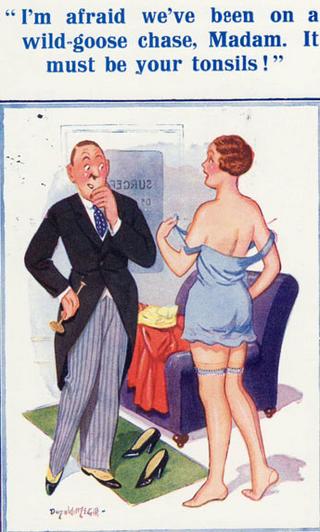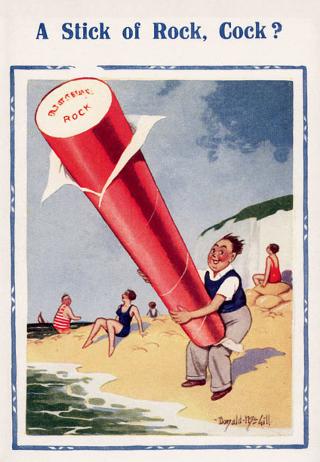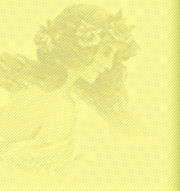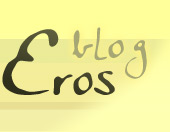On the Art of Donald McGill
Browsing through that extraordinary internet source of interesting stuff GoodShit I came across a post that centered on an image, a naughty postcard done by a now relatively obscure artist named Donald McGill.

And I had an immediate shock of recognition, even though as far as I can remember I had never seen the work of this artist before. How can that be?
The answer is “George Orwell.” My impression is that Orwell is probably best known in the United States as the author of a satire called Animal Farm and a dystopian novel entitled 1984. That’s a shame, it seems to me, because it means that Orwell is best remembered for what are arguably his least distinguished literary accomplishments. It is really as a memoirist and an essayist that Orwell really shines. And Orwell wrote an essay called The Art of Donald McGill (1941) in which he really showed us what he can do. Where possessors of lesser intellects would simply have turned up their noses at saucy seaside postcards, perhaps with dismissive remarks about how they were “trash,” Orwell here, as he also did with crime novels and boys’ weeklies, dove in and tried to read the social significance of naughty postcards. A sample:
…[T]he McGill post card–and this applies to all other post cards in this genre–is not intended as pornography but, a subtler thing, as a skit on pornography. The Hottentot figures of the women are caricatures of the Englishman’s secret ideal, not portraits of it. When one examines McGill’s post cards more closely, one notices that his brand of humour only has a meaning in relation to a fairly strict moral code. Whereas in papers like Esquire, for instance, or La Vie Parisienne, the imaginary background of the jokes is always promiscuity, the utter breakdown of all standards, the background of the McGill post card is marriage. The four leading jokes are nakedness, illegitimate babies, old maids and newly married couples, none of which would seem funny in a really dissolute or even ‘sophisticated’ society. The post cards dealing with honeymoon couples always have the enthusiastic indecency of those village weddings where it is still considered screamingly funny to sew bells to the bridal bed.
It is a measure of how evocatively Orwell writes that he can make a reader more than half a century later recognize a visual image just through words. I can only envy the vigor of Orwell’s prose, but I have always hoped, at least, to be able to emulate his sense that there is something important to be gained by mining what others might dismiss as culture’s “low” ephemera. (See! There is too a legitimate reason to write post after post on Roger Corman movies!)

I commend the entire essay (link above) to your attention. And I am pleased to note that the Telegraph has now made a small gallery of McGill postcards available online.
Shorter URL for sharing: http://www.erosblog.com/?p=5401








Strictly speaking, I think Animal Farm is an allegory, not satire, but I may be wrong.
@bob
I don’t think you’re wrong, but the categories of allegory and satire need not be mutually exclusive. For what it’s worth, my 1985 edition of The Oxford Companion to English Literature identifies Animal Farm as “…a satire in fable form on Revolutionary and post-Revolutionary Russia, and, by extension, on all revolutions.” (p. 30)
First glance at the post, my mind immediately went to Bamforth’s Saucy postcard annual.